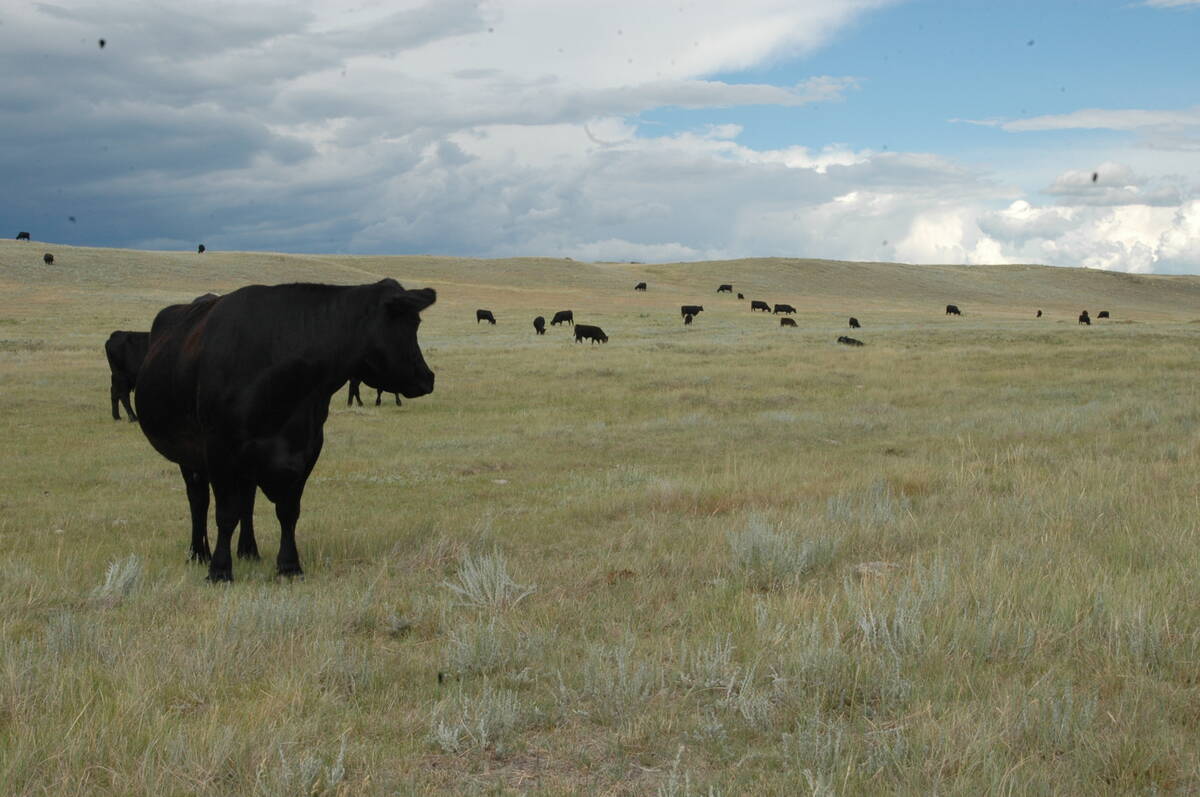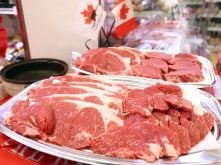RED DEER – The British could soon be cutting into Alberta steak.
People from the United Kingdom and European Union are looking at importing beef from Alberta, but the product must be the best with quality assurance and traceability, said Alberta agriculture minister Doug Horner.
“If we want to become the meat locker to the world, we can do that and we can do it at a premium market,” he said Feb. 17.
In a presentation to the Alberta beef industry conference in Red Deer, consultant Jerry Bouma outlined how this market could be tapped despite a lengthy embargo because of controversy over growth hormones used in Canadian cattle.
Read Also

Saskatchewan Cattle Association struggles with lower marketings
This year’s change in the provincial checkoff has allowed the Saskatchewan Cattle Association to breathe a little easier when it comes to finances.
Beef consumption is increasing in the EU but domestic production is declining. Most of the EU beef comes from the dairy sector where milk cow numbers are decreasing.
Prices are strong and comparable to North America. For Alberta, the best potential market is the U.K.
In 1998, the U.K. imported 258,000 tonnes of beef. That grew to 533,000 tonnes in 2005, with most coming from Ireland and South America.
Entering that market will take time and education for both sides. North America has a small quota of 11,500 tonnes that is almost unused, so consumers are not familiar with what is available from Canada or the United States.
“They do not think of Canada as a beef producing country,” said Bouma.
The British are likely to be interested in quality cuts like the strip loins, tenderloins, inside round and eye of round. These could compete with Scottish premium beef.
Exports would have to be a specialty premium deal because South America and Australia can export lower end cuts 40 percent cheaper than Canada.
Those involved in approaching the British are working with Ranchers’ Beef near Calgary that processes about 800 head per day. Along with its new traceability and food safety technology, the producer-owned company offers niche market processing.
“The key is that you have a diversified market,” said Bouma.
“Ranchers’ Beef is also in discussions with Japan to take different cuts and North America can take the other cuts so you would have a carcass going in four directions,” he said.
Canada probably does not have to worry about the United States elbowing in, said one market analyst.
“Europe is a great program for you, not for us,” said Tom Hogan.
The U.S. can consume everything it produces and with a smaller cow herd serving a larger population, opening to Europe is not its priority.















